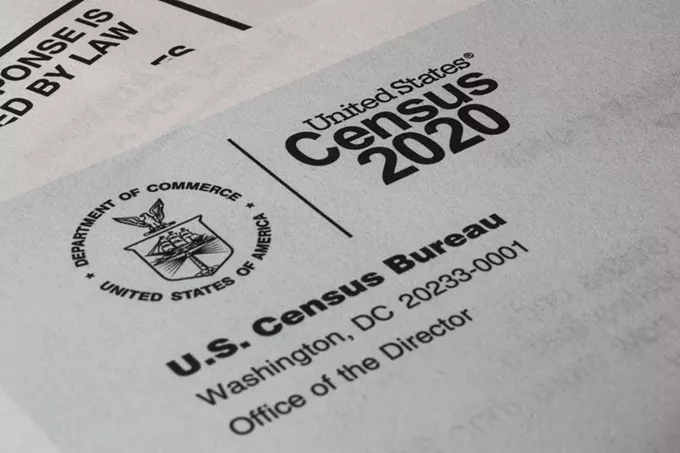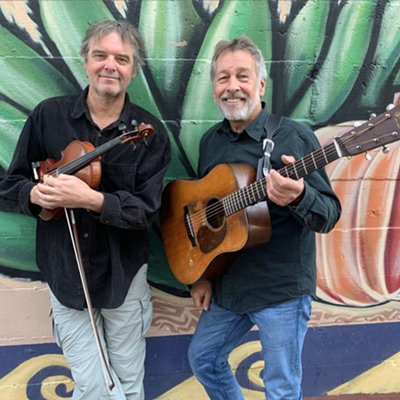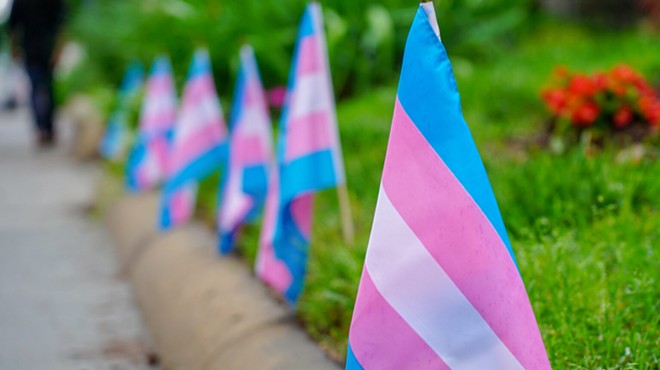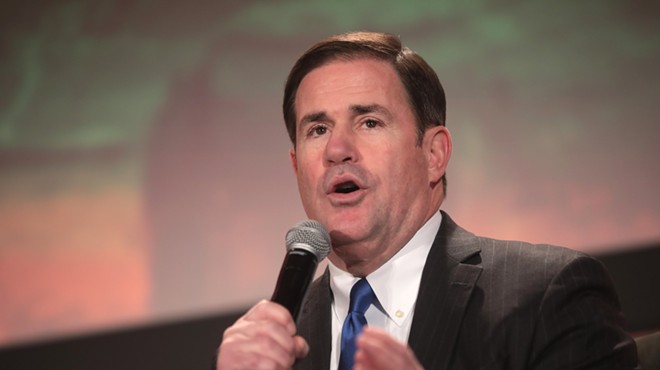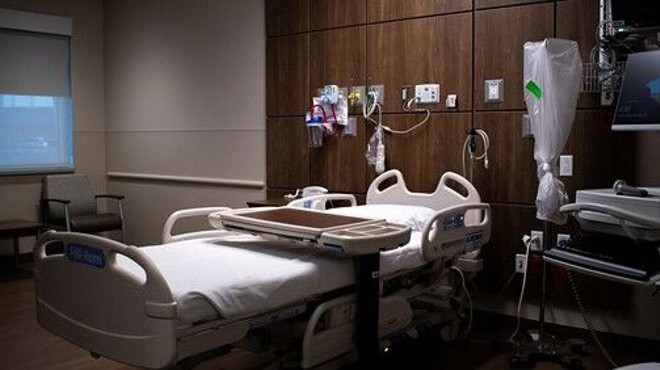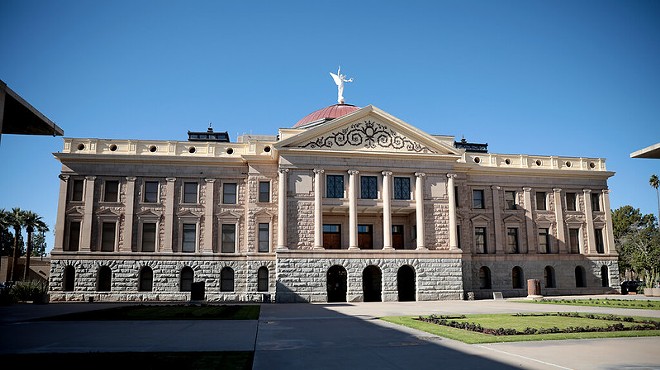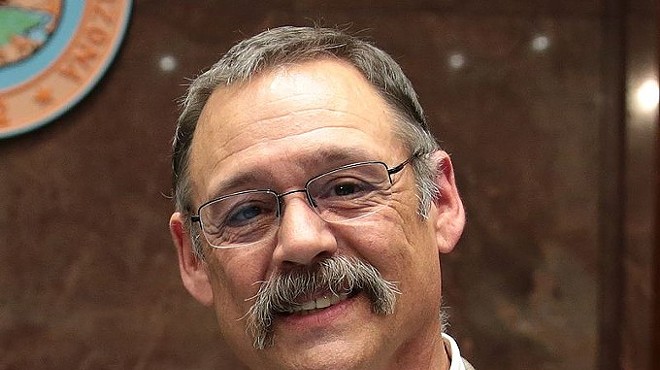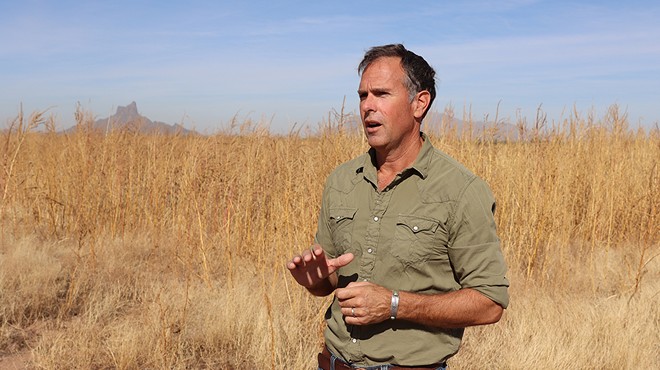Thursday, May 21, 2020
Census Is Still Underway, Despite Hurdles Created By COVID-19
As the COVID-19 pandemic disrupted an untold number of events and businesses throughout the nation, the census continued quietly in the background. While local census offices had to close and the national Census Bureau pushed back operational dates, the virus’ impact was lessened thanks to this being the first census able to be completed online.
“Obviously we never want to go through a pandemic like this again, but if there was a year to launch the online ability to respond, I think it was convenient it lined up because it gave people a way to respond and the census to continue being conducted in a safe way that protected both the workers and the residents of Arizona,” said Alec Thomson, executive director of the Arizona Complete Count Committee, created by the Governor's Office for this decade's census.
Although census workers have not yet visited non-response homes, data and trends are emerging for this year’s census. As of print, the national self-response rate—including online, mail and phone responses—is 59.6 percent. Arizona is just under the national average at 56 percent, and Pima County is just over at 61 percent. The City of Tucson is at 58 percent, Oro Valley at 73 percent and Marana at 65 percent. But perhaps most important is that the majority of all these responses were submitted over the internet.
“These census numbers and population counts are being used by the federal government to determine how much money is coming into the state for relief efforts. And on top of that, those numbers are also being used by the state to determine how much relief funding goes to each individual county or city or town,” Thomson said. “These numbers are critical in making sure we have the resources we need to take care of people. And also the fact that hospitals and health care providers use this data to determine where they need locations to treat people.”
According to Thomson, Arizona’s response rate started out above the national average, but gradually fell just beneath. He says this is due to Arizona having a higher number of tribal and rural communities, which were impacted by delays in the census’ Update Leave Operation.
Update Leave is where workers physically drop off census forms, and is “designed to occur in areas where the majority of housing units either do not have mail delivered to the physical location of the housing unit, or the mail delivery information for the housing unit cannot be verified.”
For example, Apache County currently only has a self-response rate of 3 percent.
“A good example is San Luis, Arizona, which has city-style addresses, but their mail is delivered by PO box,” Thomson said. “So all of the people in the community have not gotten anything from the census bureau saying they should respond yet, whether that’s an online invitation or that paper form they'll get now that the Update Leave practice is starting to be implemented.”
Census Day, the date answers on the census are based around, was April 1. However, due to COVID the Census Bureau moved the “completion date” from July 31 to October 31. Residents now have through Halloween to fill out the census, but their responses should still reflect their living status as of April 1.
However, those who haven’t yet responded to the census may soon have a form dropped off at their door, as the Update Leave operations resumed this month. If responses still aren’t in after forms are dropped off, census collectors will interview residents in-person, starting in August.
Area census offices, such as the one in Tucson, have been closed due to COVID-19. Many reopened on Monday, May 18, and are now again training workers to begin in-person census work. The workers will now be specially trained in social distancing and provided with personal protective equipment.
The census greatly impacts local and state funding; for every individual counted in the 2020 census, Arizona is expected to receive more than $3,000 per year from the federal government. This means even a 1 percent undercount would result in the loss of $62 million annually for the state, and an estimated $620 million through the next census.
In addition, Arizona is poised to receive a 10th congressional seat based on census data. This will follow up the ninth congressional seat that Arizona earned from the 2010. While the 10th congressional seat is not confirmed to be created, it is projected based on Arizona’s growth trends.
"The proposed citizenship question for census 2020 also introduces problems," said Jason Jurjevich, director of the Census 20/20 Project in a recent release from the University of Arizona. "Even though census 2020 does not ask respondents about their citizenship status in the wake of the U.S. Supreme Court decision, the crisis is not averted because of the political sensitivity of the question. In Arizona it is particularly challenging, because one in six Arizonans live in a noncitizen household."
According to Jurjevich, the 2010 census was considered one of the most accurate censuses in recent American history, and even then, renters were undercounted by 1.1 percent, African Americans by 2.1 percent, Hispanics and Latinos by 1.5 percent, and Native Americans by 4.9 percent.
To ensure this year’s collection is as safe and simple as possible, the Census Bureau and Arizona Complete Count Committee say they are using “as many virtual outreach tactics as possible,” which includes online forms, information and advertisements.
“It’s never been more important and it’s never been easier,” Thomson said.


